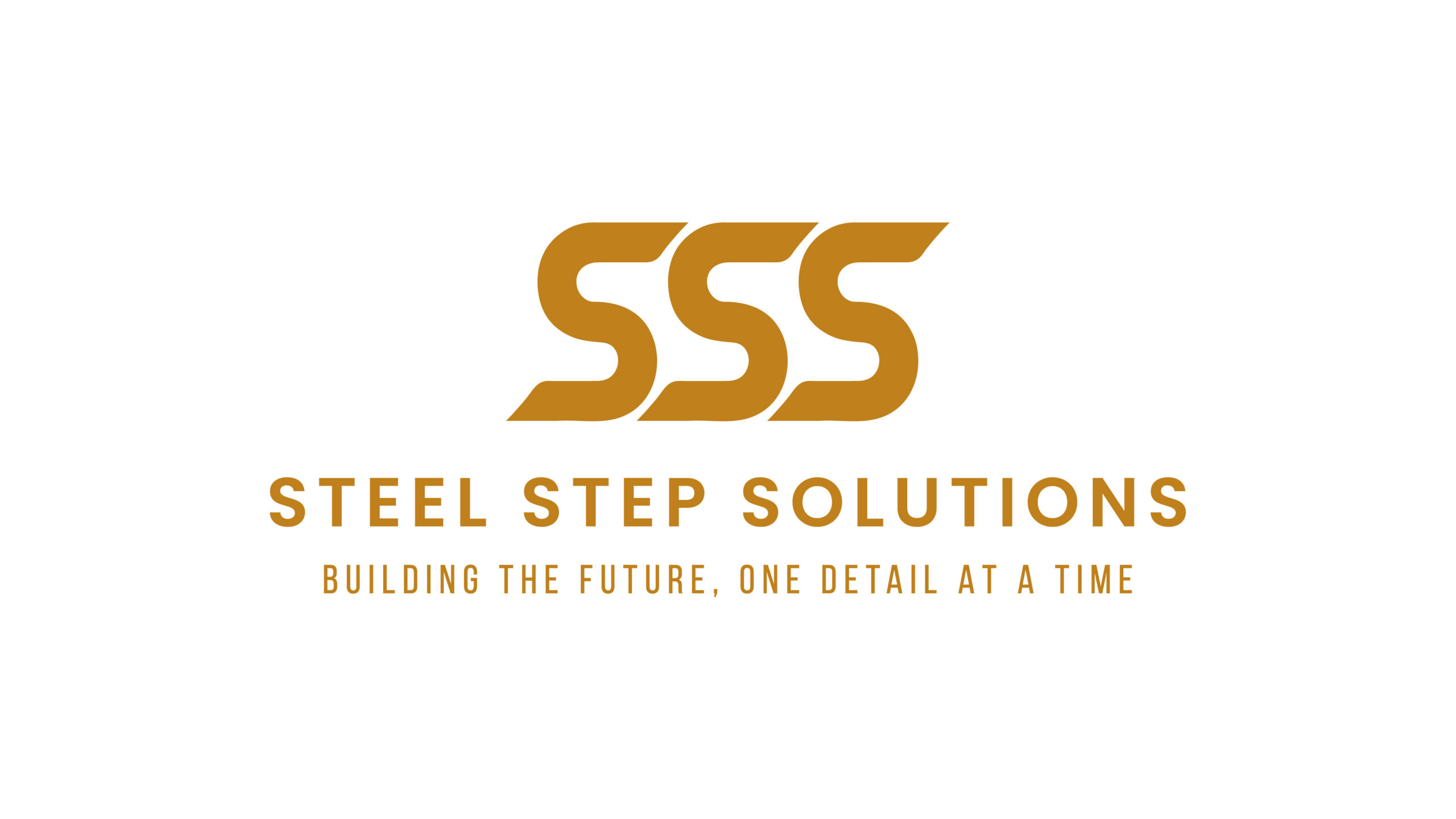By 2025, sustainable steel fabrication is transforming construction into a union of resilience and green policies. With U.S. businesses under increasing pressure to cut carbon prints, green steel projects are no longer a trend-they’re a requirement. This article explores the most current trends and methods of sustainable steel fabrication, supported by case studies and statistics, to demonstrate how the industry is shaping a cleaner future.
Why Sustainable Steel Fabrication Matters
Steel manufacturing has contributed to 7-9% of the world’s CO2 emissions as reported by the World Steel Association (2024). In the United States where economic development is driven by construction, embracing of the green steel manufacturing is essential in order to comply with the environmental standards and customer requirements.Through the incorporation of green steel projects, companies are able to minimize emissions, eliminate waste, and maximize profitability while remaining competitive.
Top Trends in Sustainable Steel Fabrication
Low-Carbon Steel Production
With electric arc furnaces (EAFs) fueled by renewable energy, producers make green steel with emissions 70% lower than in conventional blast furnaces.
-
Usage of Recycled Steel
More than 80% of the American steel is recycled according to the Steel Recycling Institute (2024). Scrap steel recycling not only saves raw material extraction but also energy consumption.
-
Advanced Fabrication Methods
Precision cutting and modular building help to cut waste materials, thereby improving the sustainability of steel building.
-
Carbon Capture and Storage (CCS)
With some American facilities seeing a 30% decrease in emissions, CSS technologies trap CO2 in manufacturing.
Major Methods for Greener Steel Initiatives
-
Energy-Saving Equipment:
The power consumption has been reduced by 15-20% by upgrading to energy-saving equipment.
-
Digital Twins:
Computer modeling maximizes designs, minimizing material overconsumption by up to 25%.
-
Water Recycling Systems:
High-tech systems reduce water consumption in steel processing by 40%.
-
Lean Manufacturing:
Efficient processes eliminate waste and enhance green steel project efficiency.
Case Studies: Sustainable Steel Fabrication in Practice
Case Study 1: Chicago Commercial Complex
For a 40-story office skyscraper built in Chicago in 2023, a builder using sustainable steel manufacturing. Through the use of 90% recycled steel and EAFs, the project saved 65% of CO2 emissions over conventional methods. Digital twin technology retained 200 tons of steel through accurate design, saving the firm $1.2 million. The LEED Platinum rating the project obtained improved the company’s reputation.
Case Study 2: California Bridge Retrofit
A 2024 bridge retrofit in California combined green steel projects through modular construction. Lean manufacturing methods and recycling steel minimize material waste by 30% and decreased the project duration by 4 months. The project saved $800,000 and reduced emissions by 50%, living up to California’s stringent environmental expectations.
Comparison: Traditional vs. Sustainable Steel Fabrication
| Aspect | Traditional Steel Fabrication | Sustainable Steel Fabrication |
| CO2 Emissions | 1.8-2.0 tons per ton of steel | 0.5-0.7 tons per ton of steel |
| Material Waste | 10-15% of raw materials | 2-5% of raw materials |
| Energy Consumption | High (blast furnace reliance) | 15-20% lower (EAF and renewables) |
| Project Cost Savings | Minimal | Up to 20% through efficiency |
Statistics provided by World Steel Association and Steel Recycling Institute, 2024
Advantages of Green Steel Projects for American Businesses
Embracing sustainable steel manufacturing presents real advantages. A 2024 McKinsey report discovered that American companies utilizing green steel projects recorded an additional 15% in client contracts based on environmentally friendly branding. Moreover, adhering to regulations such as the U.S. EPA’s 2030 carbon emissions targets prevents expensive fines. Energy-efficient methods also reduce operational expenses, with some firms registering annual savings of $500,000 or more.
How to Implement Sustainable Steel Fabrication
Partner with Green Suppliers: Source steel from EAF-powered mills that run on renewable energy.
-
Invest in Technology:
Implement digital twins and CCS for efficiency and compliance.
-
Train Teams:
Upskill workers in lean manufacturing and modular construction.
-
Certify Projects:
Target LEED or BREEAM certification to make projects more marketable.
Conclusion: Building a Greener Future with Steel
By showing that strength and sustainability can live together, sustainable steel building is changing the American building scene. By embracing green steel projects companies can not only reduce environmental impact, cut costs and gain a competitive edge. Whether you’re constructing a skyscraper or retrofitting a bridge, the techniques and trends outlined here pave the way for a greener, more resilient future. Start your sustainable steel fabrication journey today-your planet and profits will thank you.


